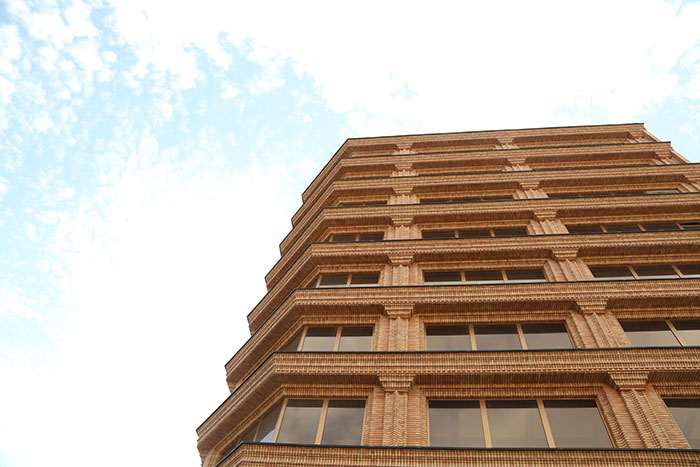Firebricks, or refractory bricks, have become essential components in both domestic and industrial heat-related applications. These bricks are designed to withstand extremely high temperatures, making them ideal for use in fireplaces, kilns, furnaces, and industrial incinerators. While firebricks offer several benefits, they also come with certain drawbacks that should be considered depending on the intended application.
Advantages of Firebricks
- High Heat Resistance One of the most significant advantages of firebricks is their ability to withstand high temperatures. Firebricks can endure temperatures up to 2,000°F (1,093°C) or higher, depending on their composition. This heat resistance makes them ideal for
applications like fireplaces, wood-burning stoves, and industrial furnaces, where sustained exposure to heat is a concern.
- Durability Firebricks are incredibly durable and have a long lifespan when used in the appropriate settings. Unlike regular bricks, which may crack or degrade under high heat, firebricks are designed to maintain their structural integrity even after prolonged exposure to extreme temperatures. Their ability to resist wear makes them cost-effective, as they do not need to be replaced as frequently as standard bricks.
- Energy Efficiency Firebricks have excellent thermal mass, meaning they can absorb and retain heat for long periods. This property makes them energy-efficient in heating applications, such as fireplaces or wood stoves. Firebricks help regulate temperature and improve fuel efficiency by slowly releasing stored heat, even after the fire has gone out.
- Chemical Resistance In industrial applications, firebricks often come into contact with corrosive chemicals or gases. Firebricks are highly resistant to these elements, which makes them suitable for use in furnaces that process metals, glass, or chemicals. Special types of firebricks, such as those made with magnesia, are designed to withstand exposure to harsh chemicals, adding to their versatility.
- Fire Safety Firebricks have a high melting point and do not easily combust, making them a safer choice for residential and industrial heat-related applications. In the event of a fire, firebricks can help contain the flames and prevent the spread of heat to other parts of the structure, offering additional protection.
Disadvantages of Firebricks
- Higher Cost Firebricks tend to be more expensive than regular bricks due to their specialized composition and heat-resistant properties. The higher cost may be a consideration for large-scale projects where budget constraints are a concern. While firebricks provide long-term durability and energy savings, their initial cost is higher than that of standard building materials.
- Installation Complexity The installation of firebricks, particularly in high-heat environments like kilns or industrial furnaces, requires specialized knowledge and skills. Installing firebricks incorrectly can lead to premature wear or even failure of the structure. In residential settings, such as pizza ovens or fireplaces, proper installation is critical to ensuring that the bricks perform as expected.
- Susceptibility to Thermal Shock Although firebricks are designed to handle high temperatures, they can still be susceptible to thermal shock. Thermal shock occurs when a material experiences rapid temperature changes, which can cause it to crack or break. For example, pouring cold water on hot firebricks could cause them to fracture. To avoid this, users must ensure that firebricks are not exposed to sudden changes in temperature.
- Heavy Weight Firebricks are heavier than regular bricks due to their dense composition. This extra weight can make transportation and installation more labor-intensive. In some cases, structures may require additional support to accommodate the added weight of firebricks, increasing the overall project cost.
Conclusion
Firebricks offer numerous advantages, including heat resistance, durability, and energy efficiency, making them an ideal choice for both residential and industrial applications. However, they also come with some drawbacks, such as higher costs and the potential for thermal shock.
Understanding the advantages and disadvantages of firebricks can help you determine whether they are the right choice for your specific needs.



